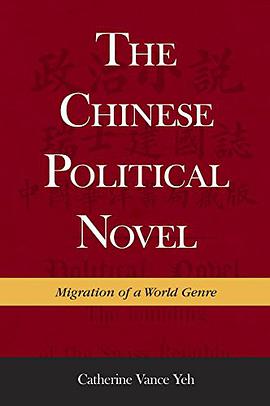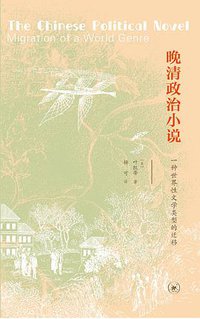The Chinese Political Novel
Douban
Migration of a World Genre
Catherine Vance Yeh
Sinossi
The political novel, which enjoyed a steep yet short rise to international renown between the 1830s and the 1910s, is primarily concerned with the nation’s political future. It offers a characterization of the present, a blueprint of the future, and the image of the heroes needed to get there. With the standing it gained during its meteoric rise, the political novel helped elevate the novel altogether to become the leading literary genre of the twentieth century worldwide.
Focusing on its adaptation in the Chinese context, Catherine Vance Yeh traces the genre from Disraeli’s England through Europe and the United States to East Asia. Her study goes beyond comparative approaches and nation-state- and language-centered histories of literature to examine the intrinsic connections among literary works. Through detailed studies, especially of the Chinese exemplars, Yeh explores the tensions characteristic of transcultural processes: the dynamics through which a particular, and seemingly local, literary genre goes global; the ways in which such a globalized literary genre maintains its core features while assuming local identity and interacting with local audiences and political authorities; and the relationship between the politics of form and the role of politics in literary innovation.
contents
List of Illustrations
Acknowledgments
Introduction
I. The Formation of a World Genre: The Political Novel
1. Forming the Core
2. Global Migration: The Far East
II. Bringing the World Home: The Political Novel in China
3. The Migration of Literary Forms: Transcultural Flow and the Japanese Model
4. “Reform of Governance” and the New Public Sphere
5. Women and New China
6. In Search of New Heroes
7. Beginning of the Beginning: The Wedge Chapter
Conclusions
Bibliography
Index
